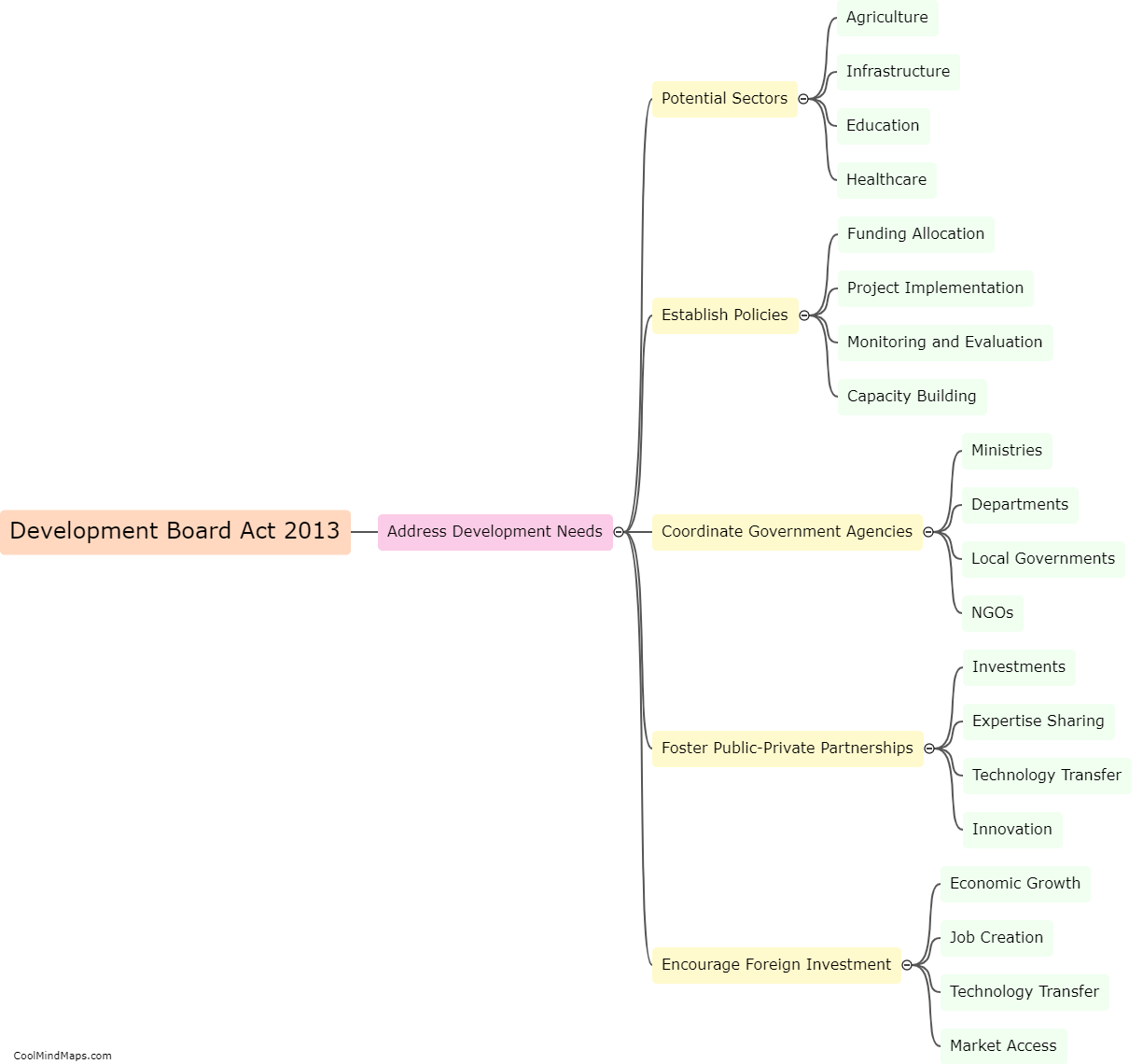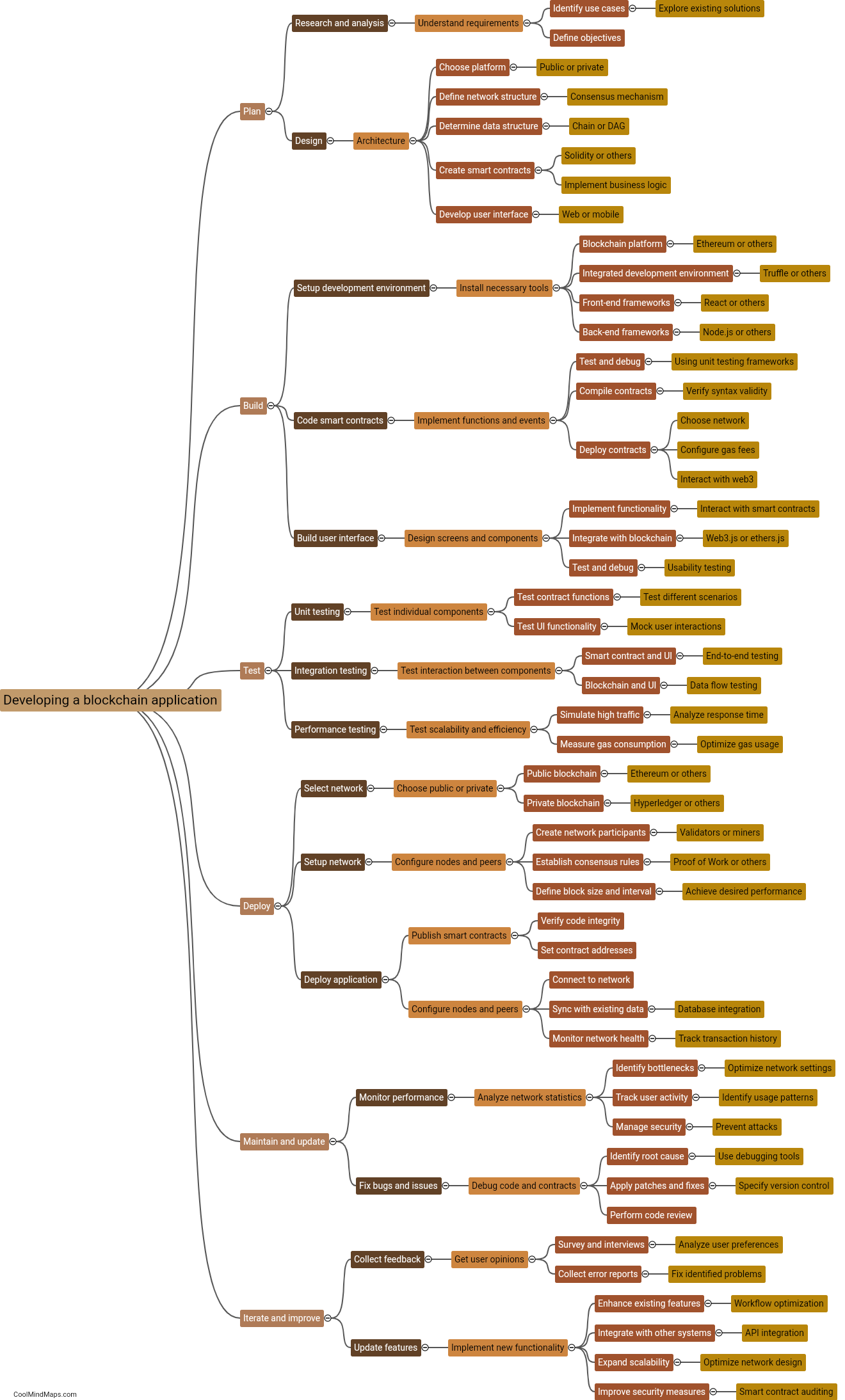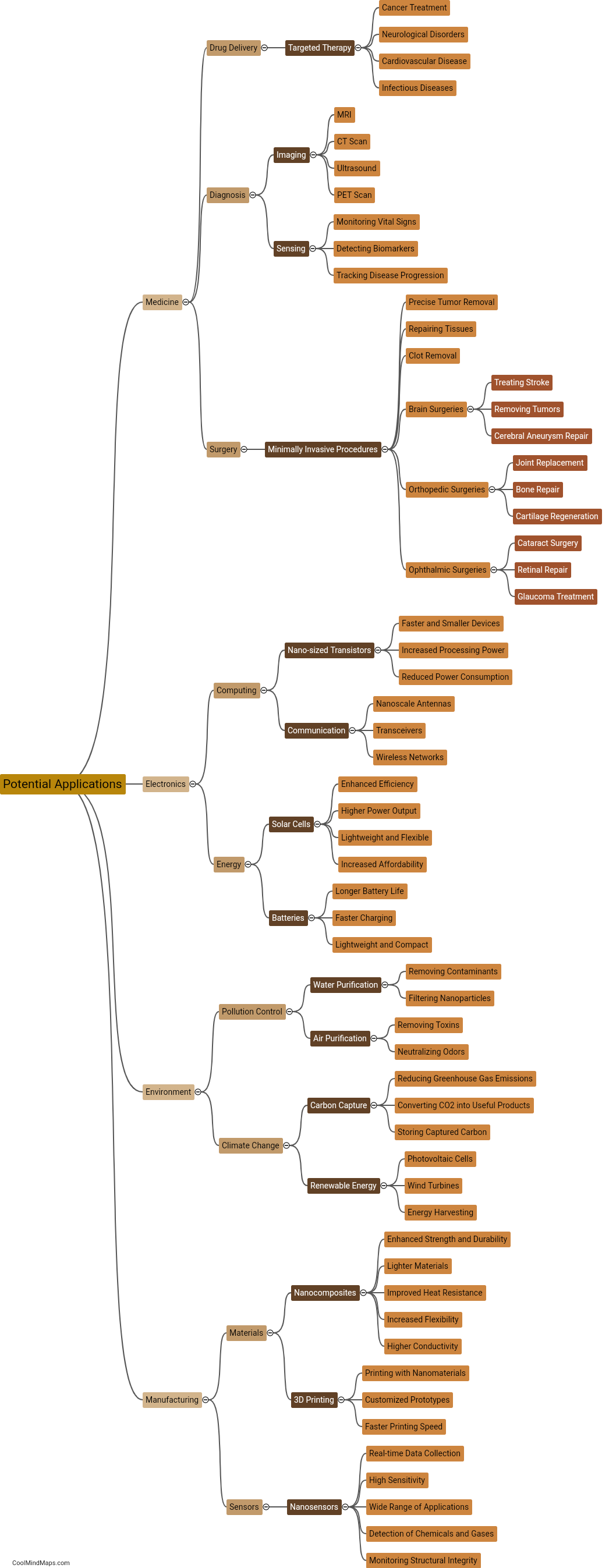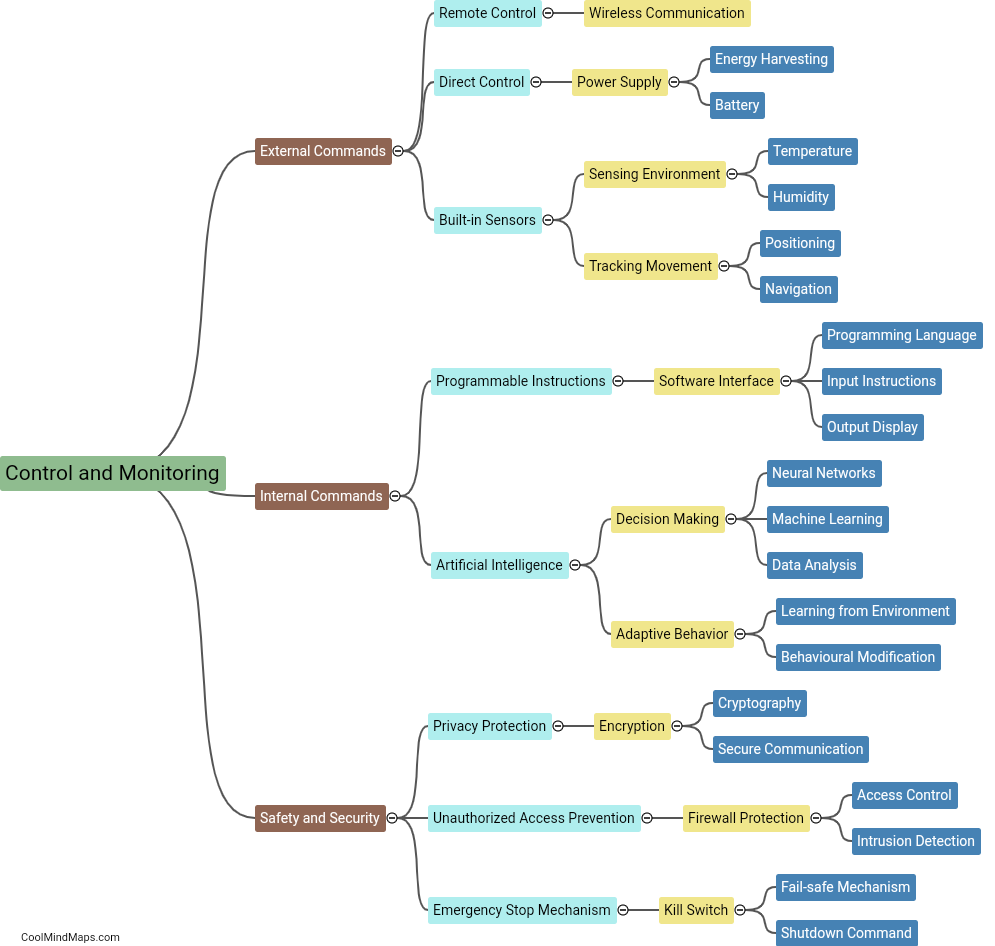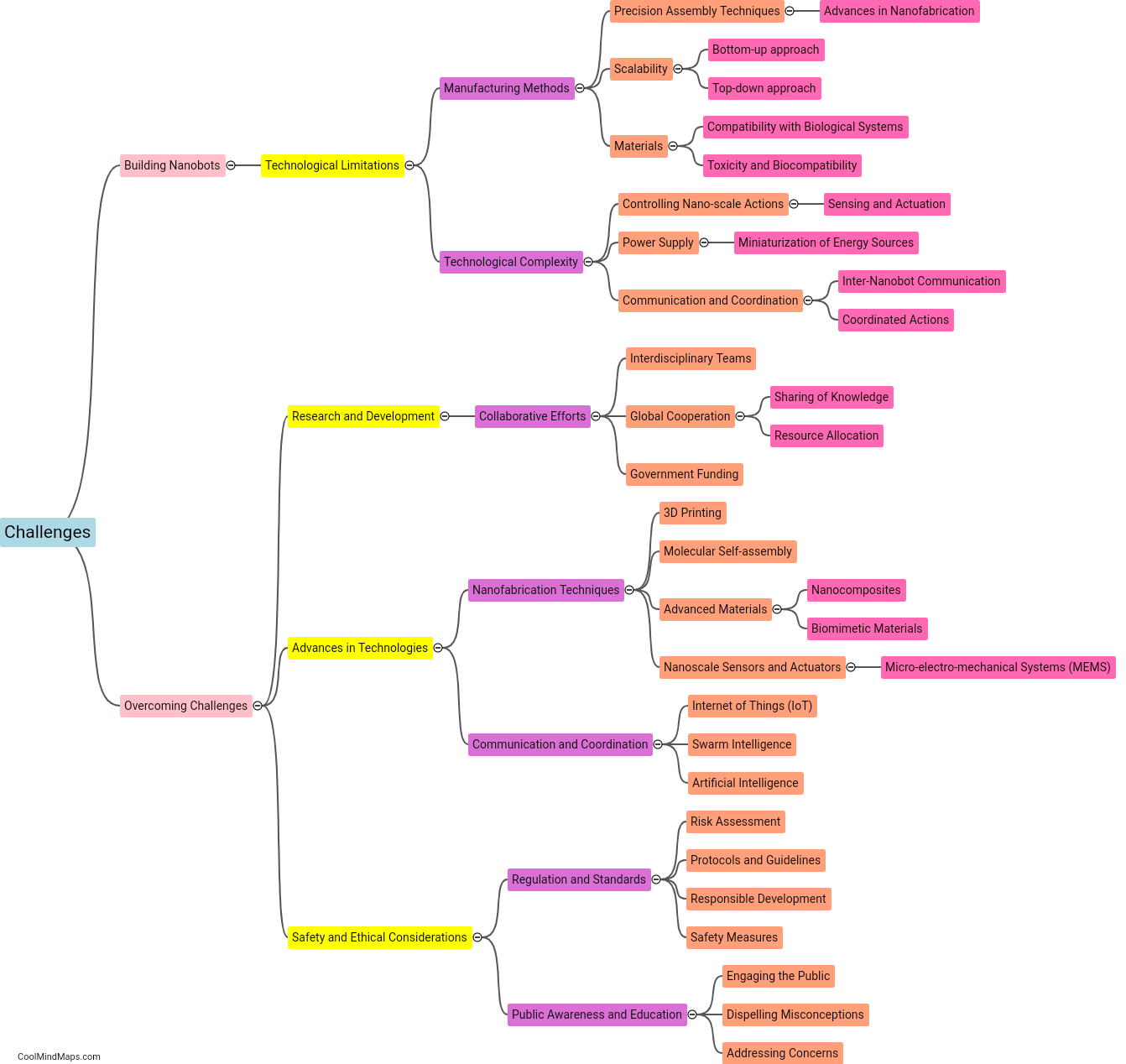How can nanobots be programmed to perform specific tasks?
Nanobots, which are tiny machines constructed at the nanoscale, hold immense potential in various fields, including medicine, manufacturing, and electronics. Programming these nanobots to perform specific tasks is a complex but crucial aspect of their development. Scientists and engineers use a combination of techniques to program nanobots, such as integrating computer chips, utilizing chemical or electrical signals, and employing artificial intelligence algorithms. Computer chips embedded in the nanobots allow for precise control and execution of tasks. Chemical or electrical signals can be used to provide external instructions or trigger specific actions within the nanobots. Moreover, artificial intelligence algorithms enable nanobots to adapt and learn, making them more efficient in performing tasks. The programming of nanobots plays a vital role in unlocking their potential to revolutionize industries, leading to advancements that could profoundly impact our future.

This mind map was published on 21 July 2023 and has been viewed 113 times.
